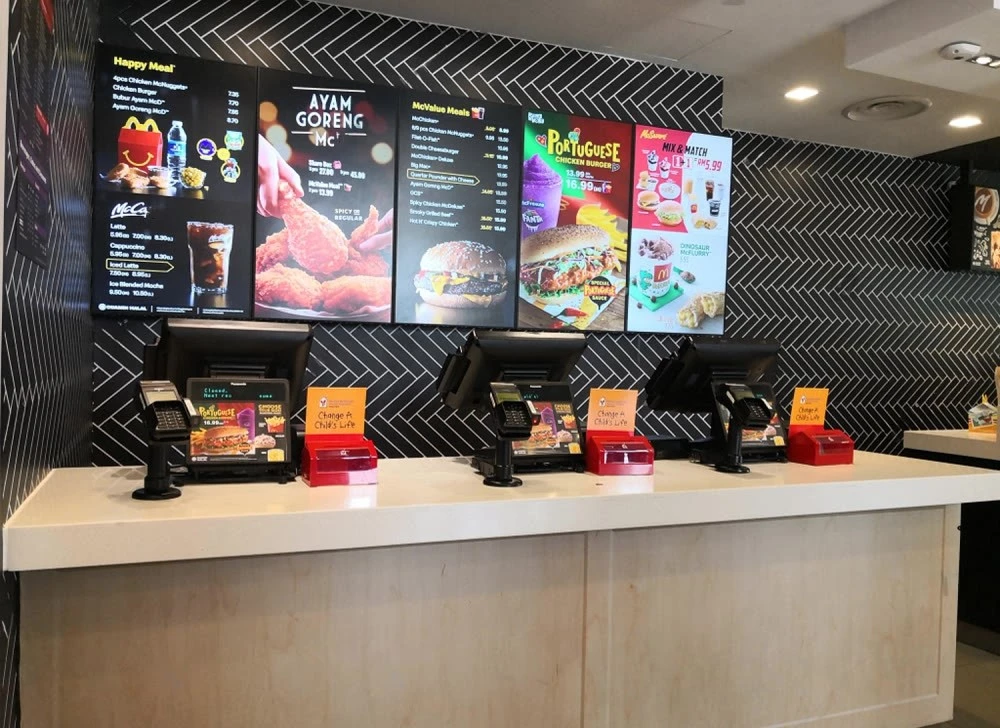If a business has ambiance and makes first impressions at the top of its list in influencing an overall client experience, then it is clearly restaurants. Right from attracting passersby to making a dining experience great, the significance of well-designed signage cannot be overestimated by a restaurant owner. It explores various aspects of signage for restaurants and gives inputs and tips so that the signs are functional yet an integral part of your brand identity.
1. The Essence of Restaurant Signage
Restaurant signage serves manifold purposes.
- Advertising to Customers: An attractive sign, placed at an appropriate location will surely catch the attention of customers and drag them in to view your menu.
- Brand Identity: The signage is a way to provide visual brand identity. It should be designed in a manner so that it gives the style, theme, and personality of the restaurant.
- Information: Put important information such as time of operation, food specialty, promotional offers, or safety instructions on the display.
- Navigation: Your signs should orient the customer with respect to the floor and make it a plus experience.
2. Signage Types
There are different types of signage a restaurant must have, and it will largely depend on the application.
Exterior Signage
- Main Sign: This should be the main identification of your restaurant. It should be easily read, visible, and in consonance with your brand.
- Window Graphics: These can be used to display your logo, operating hours, and promotional messages.
- A-frame signage: Placing them on the sidewalk attracts walk-ins by messages of a daily special or event.
Interior Signage
- Menu boards: It is highly essential for any fast-casual or quick-service restaurant as it eases the updating process through digital menu boards.
- Directional signage: Used to direct customers on where important places are, like the washrooms, exits, and so forth.
- Tabletop signs: These are used to advertise special dishes, drinks, or desserts right at the table.
3. Sign Design Tips for Effective Restaurant Signage
Some tips when designing your signage:
- Clarity: Text should be clear from a reasonable distance. Use clear, bold fonts and contrasting colors.
- Consistency: It should be in line with your brand guide and help to build that brand identity.
- Simplicity: Not to clutter the design, keep the information to the point, and let the design be clean and straight.
- Lighting: Very important for exterior signs, as visibility is often needed at night; it adds class to any sign.
4. Regulatory Issues
Before going ahead to put up any signage, you should be conversant with local regulations and zoning laws. These will have stipulations regarding the size, the location, and the type of lighting for signs. Failure to do this can lead to fines and often to more costly processes such as making alterations or removing non-compliant signs.
5. Creative Trends in Restaurant Signage
Ensure that your restaurant is one step ahead of the competition with some of these current trends in signage:
- Digital Signage: Digital signage means a type of dynamic display where change is easy and even some animations can be run.
- Eco-Friendly Material: Use environmental friendly material alternatives to attract eco-conscious customers.
- Interactive Displays: Make use of the touchscreen menus and interactive displays, which will engage customers by immersing them in the experience.
- Augmented Reality (AR): Bring your advertisements to life with AR—incorporate the ability for users to see virtual tours of your restaurant or be able to use interactive menus.
The use of high-quality signage is just one of the things a restaurant could do in order to create an indelible mark. From enticing customers inside, to enhancing their dining experience with you, well-designed signs can truly make the difference and add up to the overall success of your restaurant. Focusing on clarity, consistency, and creativity in your signs makes it easy to achieve a clear message about your brand and, in fact, persuade potential customers to dine with you.





